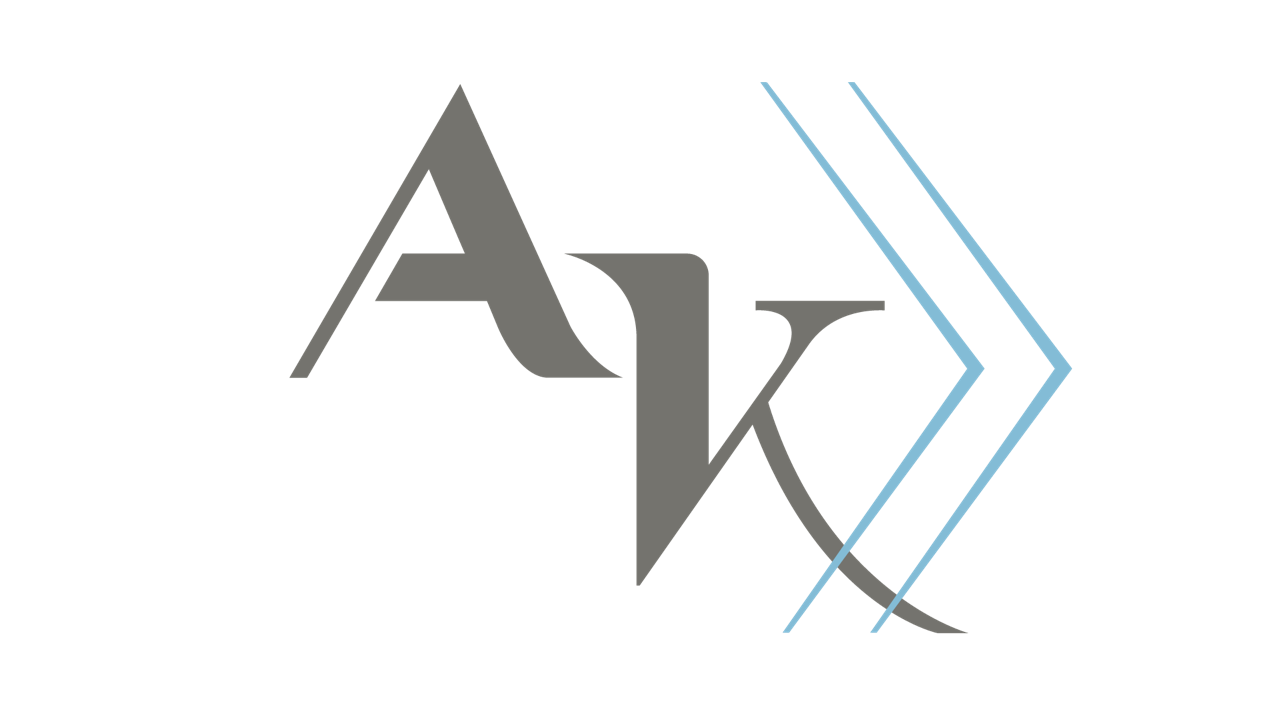Ab Exercises Post Pregnancy: When & Where to Start
It is no secret that your abs and core go through a lot of changes during pregnancy. After I delivered each of my babies, I remember feeling like my abs and pelvic floor were so weak! Although I do not believe that you need to “get your body back” or look a certain way by any point postpartum, I do know that as a mom you will be doing a lot of lifting, carrying, and walking. Rehabbing your core and pelvic floor are important to reduce pain and injuries and to allow you to do all of the activities you want and need to do.
First - what is the “core”?
When we think about our “core”, many of us think about our abdominal muscles. However, your abdominal muscles are just one piece that makes up your core.
Picture your core as a soda can. The top of your soda can is your diaphragm muscle, which is a large dome shaped muscle that is your primary breathing muscle. The bottom of your soda can is your pelvic floor, which is a bowl of muscles and thick ligaments that support your bladder, uterus, and rectum. The cylinder of your soda can is made up of your back and abdominal muscles.
For optimal “core” function, all of these muscles need to be coordinated and working well together. Good core function leads to good pressure management, which reduces excess strain on your core and pelvic floor that could lead to symptoms like pain, leaking (urine, feces, or gas), pelvic heaviness, and diastasis recti.
When you inhale, your diaphragm lowers in order to pull air into your lungs. As your diaphragm lowers, your pelvic floor muscles lengthen, which helps to maintain proper pressure in your abdomen. When you exhale, your diaphragm ascends and your pelvic floor and core muscles naturally lift. We can use our knowledge of how your diaphragm, core muscles, and pelvic floor work together during daily life and exercise to help with postpartum rehab.
When should you start ab and core exercises postpartum?
Whether you had a vaginal or cesarean delivery, proper postpartum rehab can help set you up for success long term with better movement patterns, reduced pain, and improved posture. Proper tissue healing takes time, so we want to progressively challenge your body at an appropriate load as your tissues heal.
I typically recommend waiting until closer to 4 weeks postpartum before beginning any full body strengthening exercises or adding load. However, you can start diaphragmatic breathing and gentle core connection exercises right away. Walking is also a great form of movement early postpartum!
What are the first exercises you should do postpartum?
Diaphragmatic breathing is an important first step to re-establishing good core connection and strength postpartum. Oftentimes your diaphragm has been a bit restricted during pregnancy, so working on deep breathing right away is key. Check out the video below to learn more about diaphragmatic breathing.
Gently connecting to your core and pelvic floor early postpartum is also helpful. Your lower abdominals stretch out first as your uterus grows during pregnancy, so oftentimes you will feel really disconnected from those muscles after your baby is born. Check out the video below on how to engage your lower abs.
Walking is also great postpartum. I typically recommend starting with short walks around your house or just a few minutes up your street. You can increase your walking distance by a few minutes each day until you reach your goal. If you notice any of the signs below, back off on your distance (or speed) until you are able to complete your walk without limitations.
What are signs I’m doing too much postpartum?
Your body is working so hard to heal postpartum, and is often doing so on little sleep. Although there is only so much you can do about sleep (this is really dependent on so many aspects of your personal situation), making sure you are hydrating and eating well is also important for healing.
As you heal and start exercising, it is important to look out for signs that you may be overdoing it a little. Here area few things to look out for:
1) Pain. Most commonly I see postpartum women experience back, hip, pelvic, tailbone, and neck pain, but any kind of pain is a sign that you may have overdone it.
2) Pelvic pressure or heaviness. This may mean feeling heaviness or bulging in your rectum, perineum, or vagina.
3) Numbness or tingling in your arms or legs.
4) Difficulty controlling your bowels or bladder. Any urinary leaking, fecal leaking, or trouble controlling gas.
5) Signs of diastasis recti such as coning in your midline. This is a very nuanced topic but I will keep it brief here. If you see coning it is OK, don’t panic! But this is good feedback that you aren’t managing your pressure well, so trying to modify the exercise that causes coning can be really helpful in building strength and control.
I’m ready to heal my core and pelvic floor post pregnancy! Now what?
As a pregnancy and postpartum corrective exercise specialist, pelvic floor physical therapist, and board certified orthopaedic specialist, I love working with women who want to heal and strengthen postpartum. If you are local to Memphis, I treat patients in-person in Collierville and East Memphis. I also work with prenatal and postpartum patients online, have a self-paced online prenatal prep course that you can check out here, and have a self paced postpartum exercise program you can check out here.
If you have questions, you can reach out to me directly at alexis@absolutekineticspt.com or (901) 499-5718. If you’re ready to schedule, you can book online here.
Blog post written by Dr. Alexis Hutchison, PT, DPT, OCS, PCES
